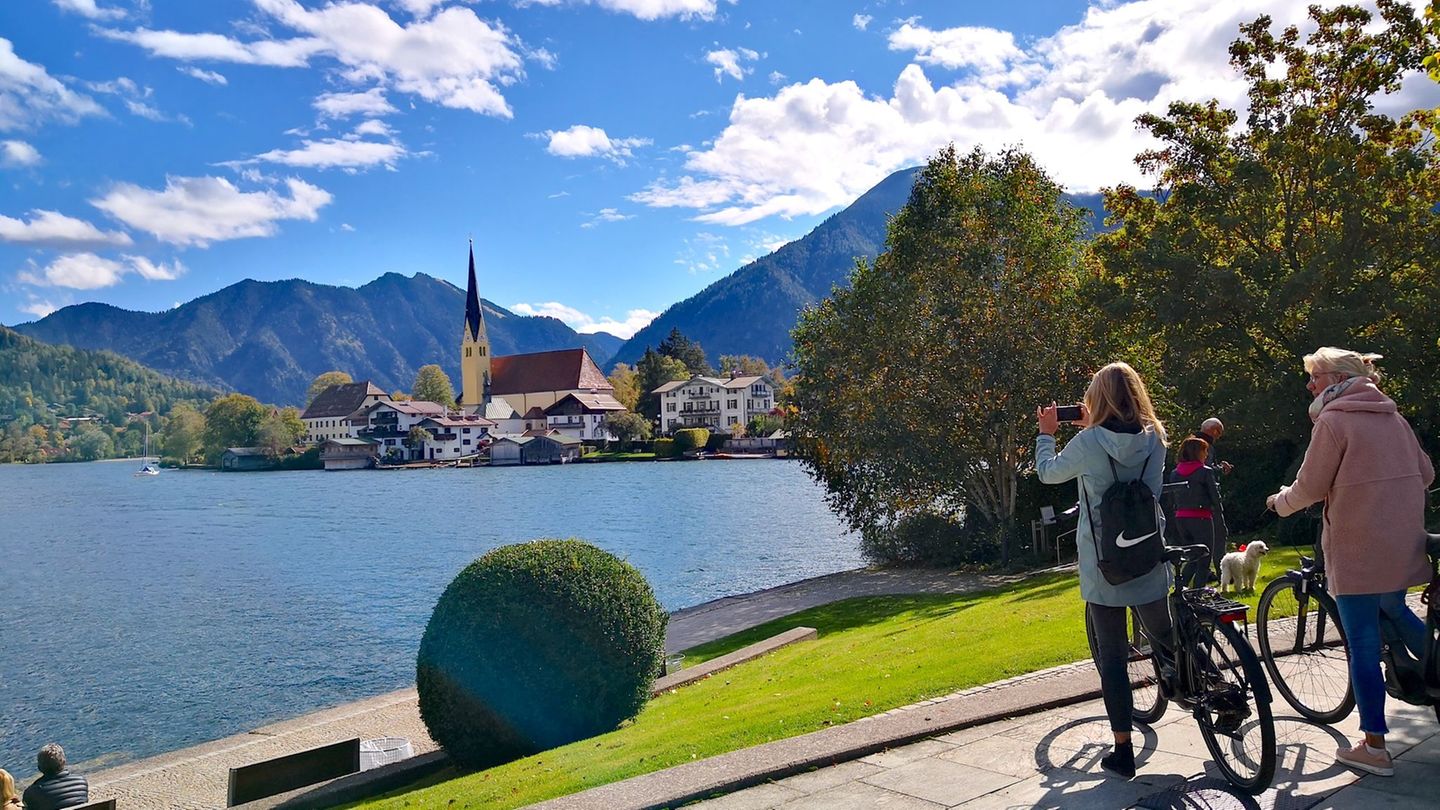Menu
Lability index: real estate in metropolises and barely affordable on the edge of the Alps
Categories
Most Read
Gas imports: Imports via German LNG terminals at record levels
October 12, 2025
No Comments
The closure of companies is accelerating, bad debts are growing and consumption is not picking up
October 12, 2025
No Comments
A key advisor to Javier Milei affirmed that the Government will announce a new convertibility plan
October 12, 2025
No Comments
An economist close to Javier Milei affirmed that the Government will announce a new convertibility plan
October 12, 2025
No Comments
Finance and investments top the list of the 400 richest in the US in 2025
October 11, 2025
No Comments
Latest Posts

Diane Keaton: Mandy Moore says goodbye to film mother
October 12, 2025
No Comments
Lisa HarrisI am an author and journalist who has worked in the entertainment industry for over a decade. I currently work as a news editor

Athletics: Ugandan Kiplimo wins Chicago Marathon
October 12, 2025
No Comments
PierceI am Pierce Boyd, a driven and ambitious professional working in the news industry. I have been writing for 24 Hours Worlds for over five

Pope Leo XIV sees glimmers of hope after Gaza ceasefire
October 12, 2025
No Comments
October 12, 2025 – 10:38 The release of Israeli hostages and Palestinian prisoners marks a new chapter after the peace agreement in Gaza. Vatican News
24 Hours Worlds is a comprehensive source of instant world current affairs, offering up-to-the-minute coverage of breaking news and events from around the globe. With a team of experienced journalists and experts on hand 24/7.

